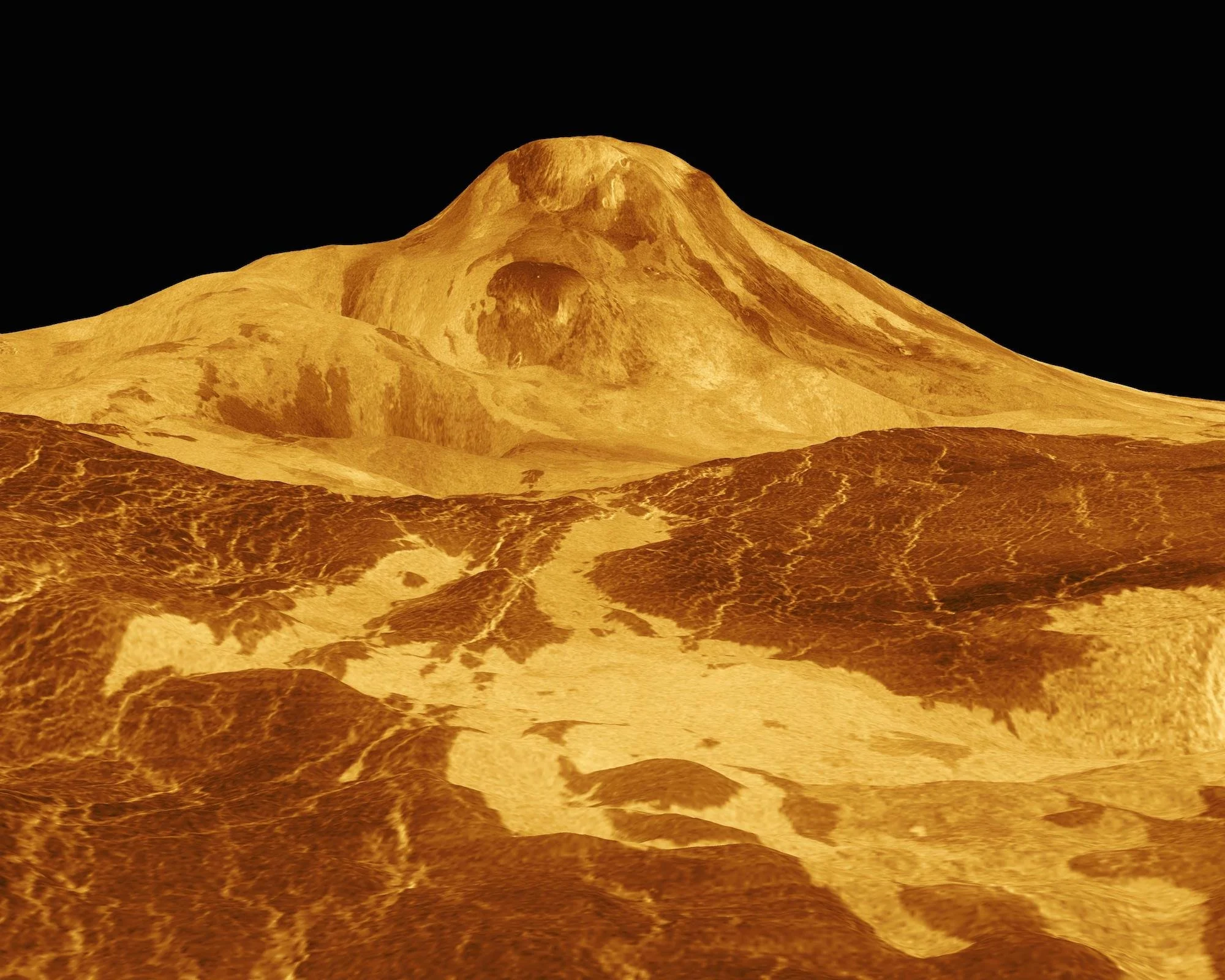Research Overview
My research interests combine structural geology and planetary science to explore the deformation and tectonics of various planetary bodies, including Earth, Venus, Mercury, Ceres, and Vesta, to understand geologic processes and the evolution in the Solar System. I am particularly interested in how deformation occurs on planetary bodies that lack Earth's plate tectonics, and how factors like gravitational forces influence rock properties and, in turn, shape tectonic processes.
Fracturing and Tectonics of Low-gravity Bodies
Fracturing and tectonics on low-gravity bodies, like asteroids and small moons, differ significantly from those on Earth due to their low gravity and lack of internal heat. Low gravity results in less overburden pressure acting on rock mass, leading to a dominance of opening-mode fracturing rather than fault-driven tectonics, compared to larger bodies. On Asteroid Vesta, the large-scale equatorial troughs, Divalia Fossae, are accommodated mostly by opening-mode displacement. A series of geological observations point to spin-related trough origins rather than impact-induced faulting. Studying these systems provides crucial insights into the evolution of planetary lithospheres in low-gravity environments, advancing our understanding of how small bodies have developed over time in the Solar System.
Mixed-Mode Fracturing: Jointing to Faulting
Fractures can exhibit complex patterns of displacement, involving both opening and shearing motions, which makes it challenging to analyze how they propagate. Understanding these mixed-mode fractures is crucial for unraveling how faults and fractures evolve in Earth's crust. My research focuses on the Koa'e Fault Zone in Hawaii, where fault scarps and joints are spectacularly exposed, showing openings up to several meters. By detailed structural mapping and studying the scaling relationships between displacement and fracture length, the evolution of structures is captured from surface jointing to faulting at depth. This research can be extended to other rift zones, such as those in Iceland, to explore how these processes vary in different tectonic environments.
Polygonal Impact Craters on Planetary Bodies
Polygonal impact craters form when pre-existing fractures in the target rock influence the shape of the crater rim, resulting in straight segments that may represent hidden fractures obscured by regolith and geological formations or are too fine to be detected in spacecraft imagery. My research focuses on mapping these straight-rim segments on various planetary bodies, including Mercury, Vesta, Ceres, and the Moon, to investigate the presence of these hidden fractures. If these fractures are identified, I analyze them to determine whether they reveal underlying tectonic patterns on these planetary bodies and explore the potential unknown tectonic history of the body.
Early Tectonic Evolution of Terrestrial Planets
Understanding the early evolution of terrestrial planets is critical to our knowledge of the early Earth and the generation of life. Io’s heat pipe tectonic processes may also explain the early tectonics of Venus and may have built the lithosphere, which later transitioned into a stagnant lid mode of cooling. Mapping along the margins of highlands and lava plains using synthetic aperture radar (SAR) images helps investigate their geologic relationship and test the possibility of heat pipe tectonics as a common early phase of terrestrial planet evolution on Venus. To further investigate the possibility, the higher resolution of datasets from VERITAS and EnVision missions is essential, and analyzing them will be in my future research plans.



